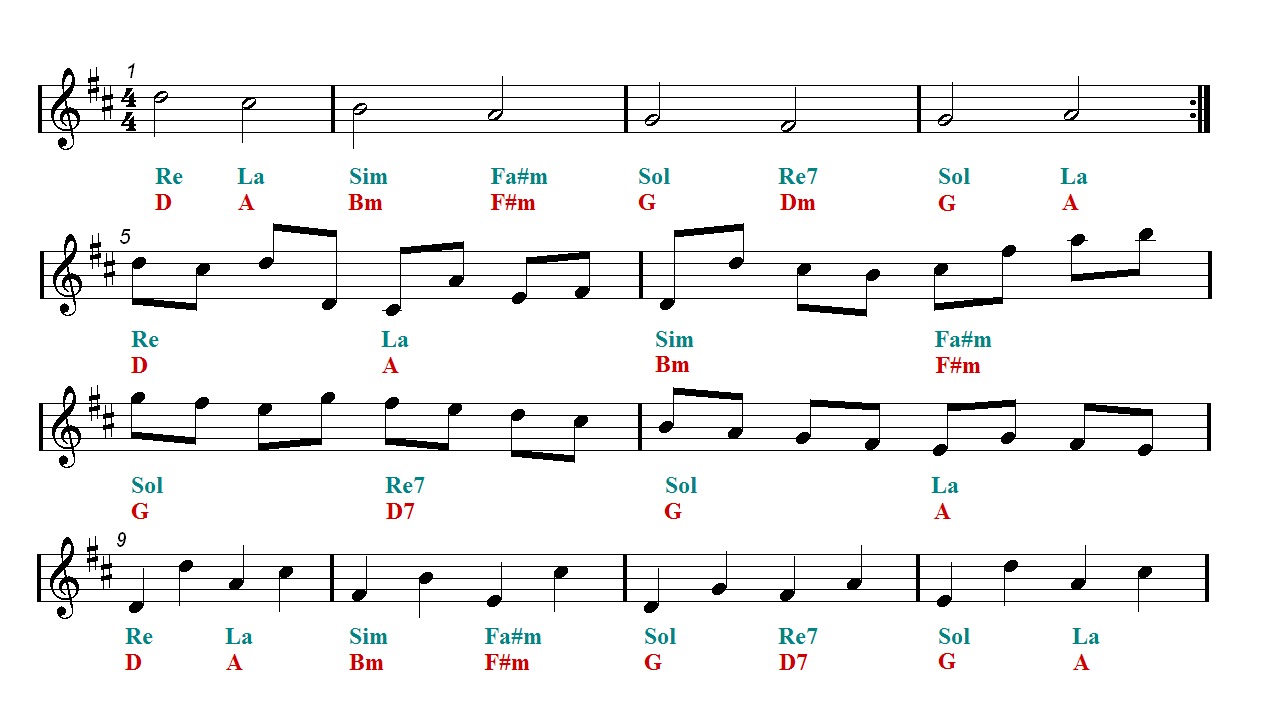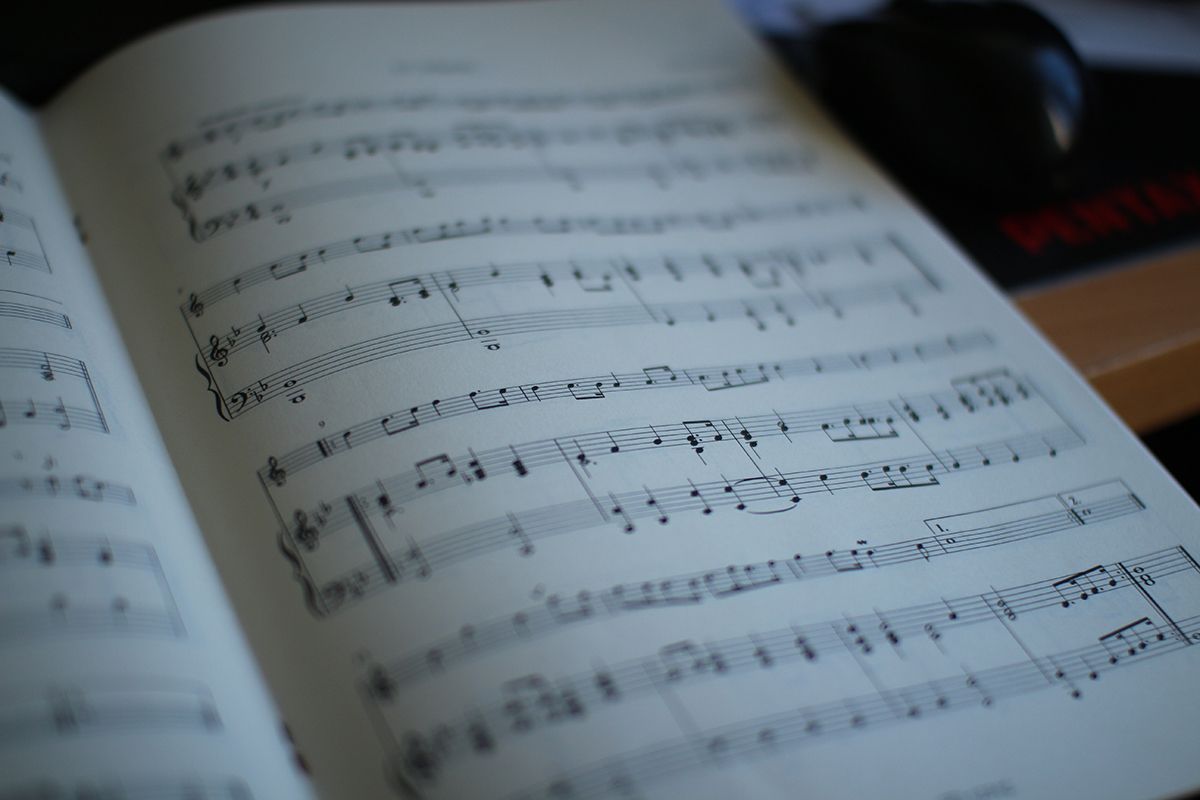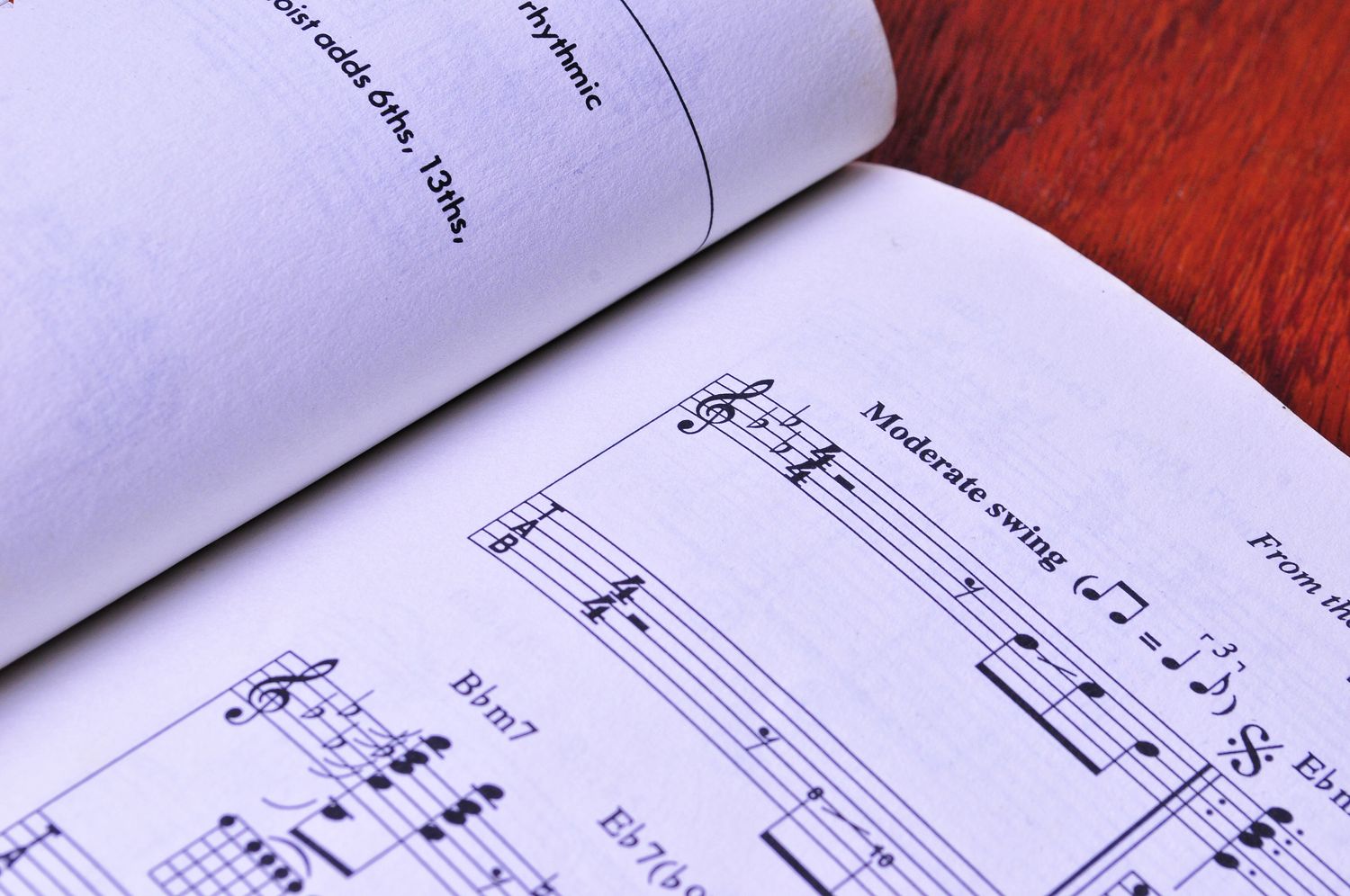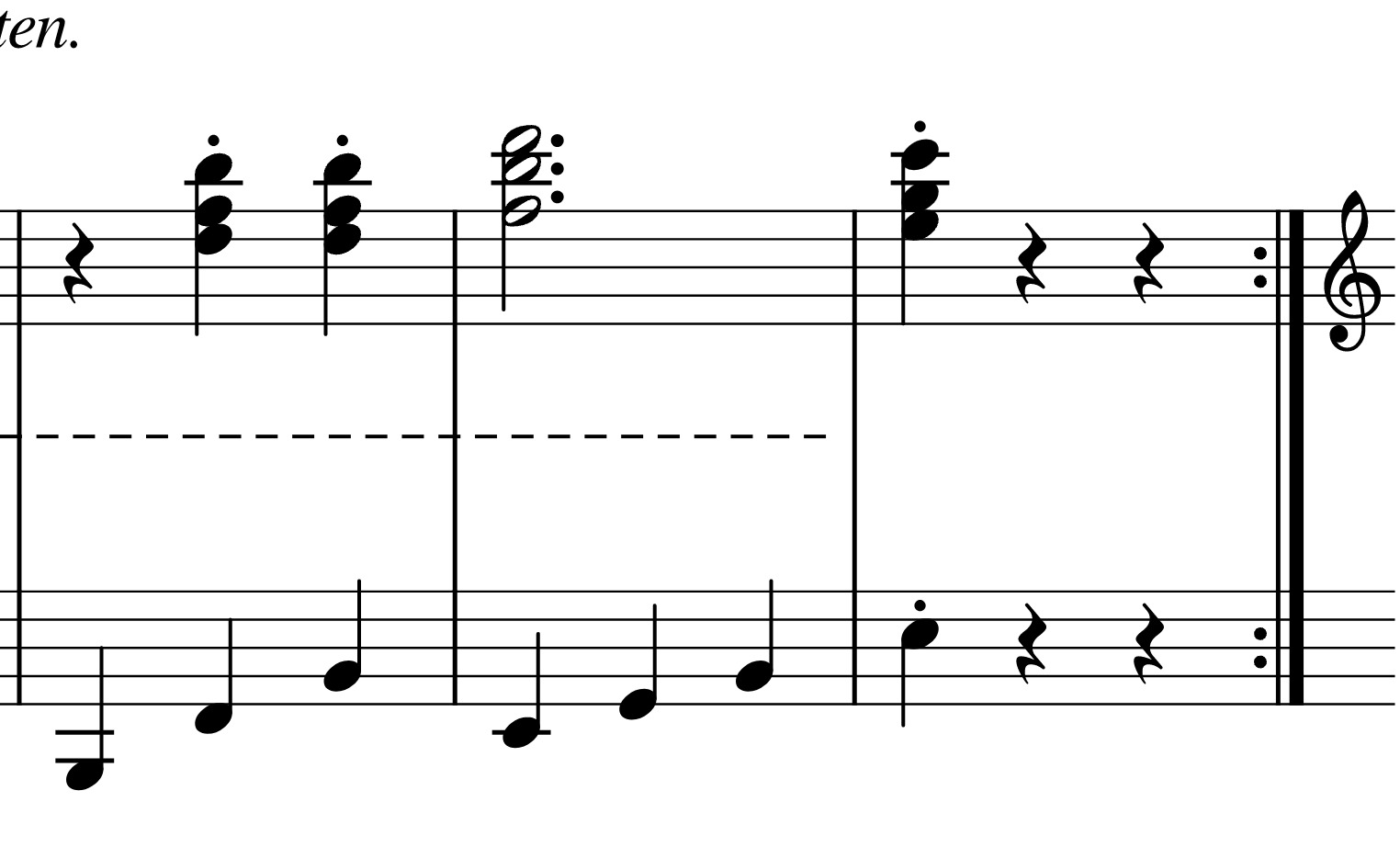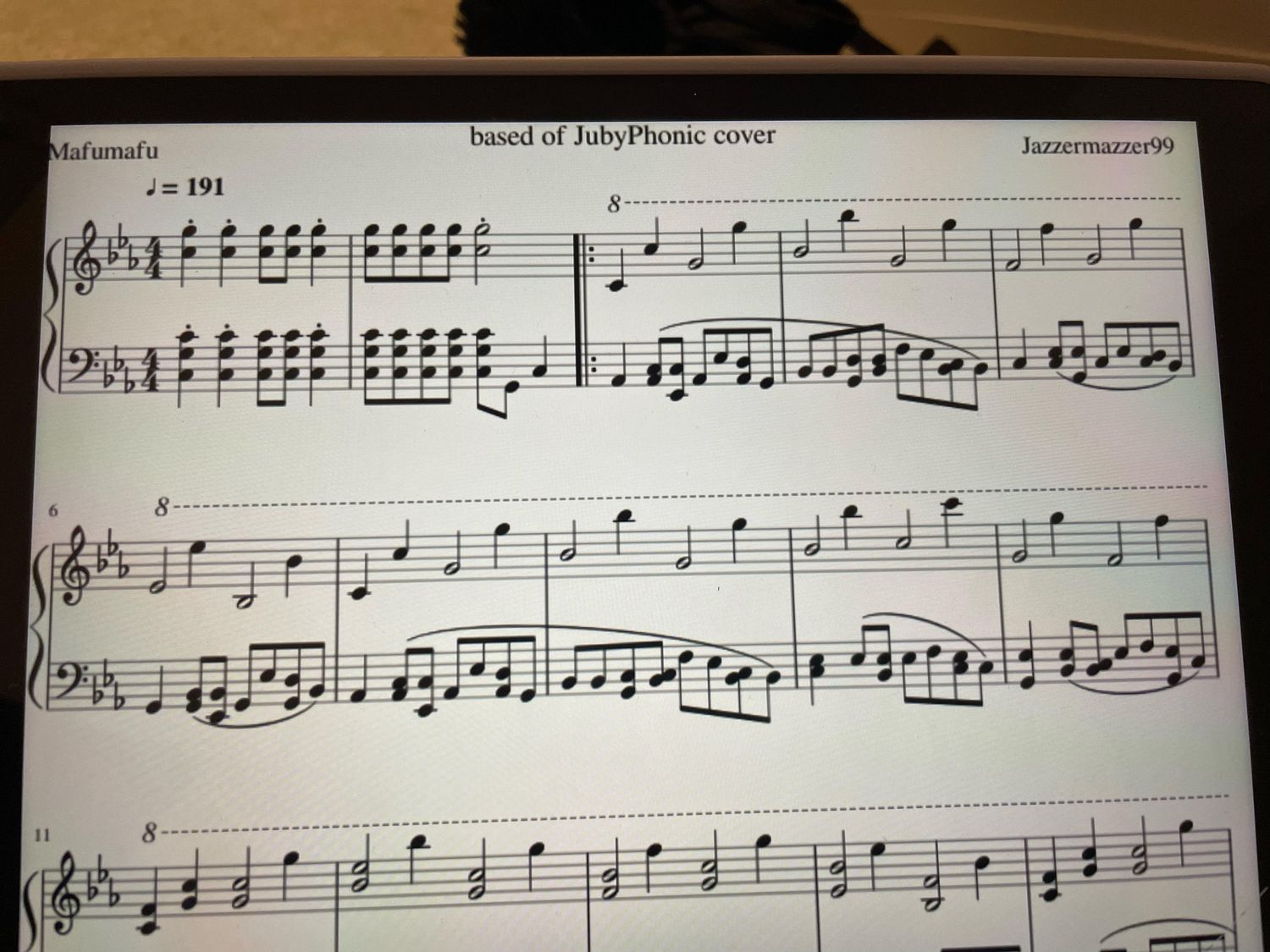Home>Production & Technology>Music Theory>What Is A Parallel Minor In Music Theory
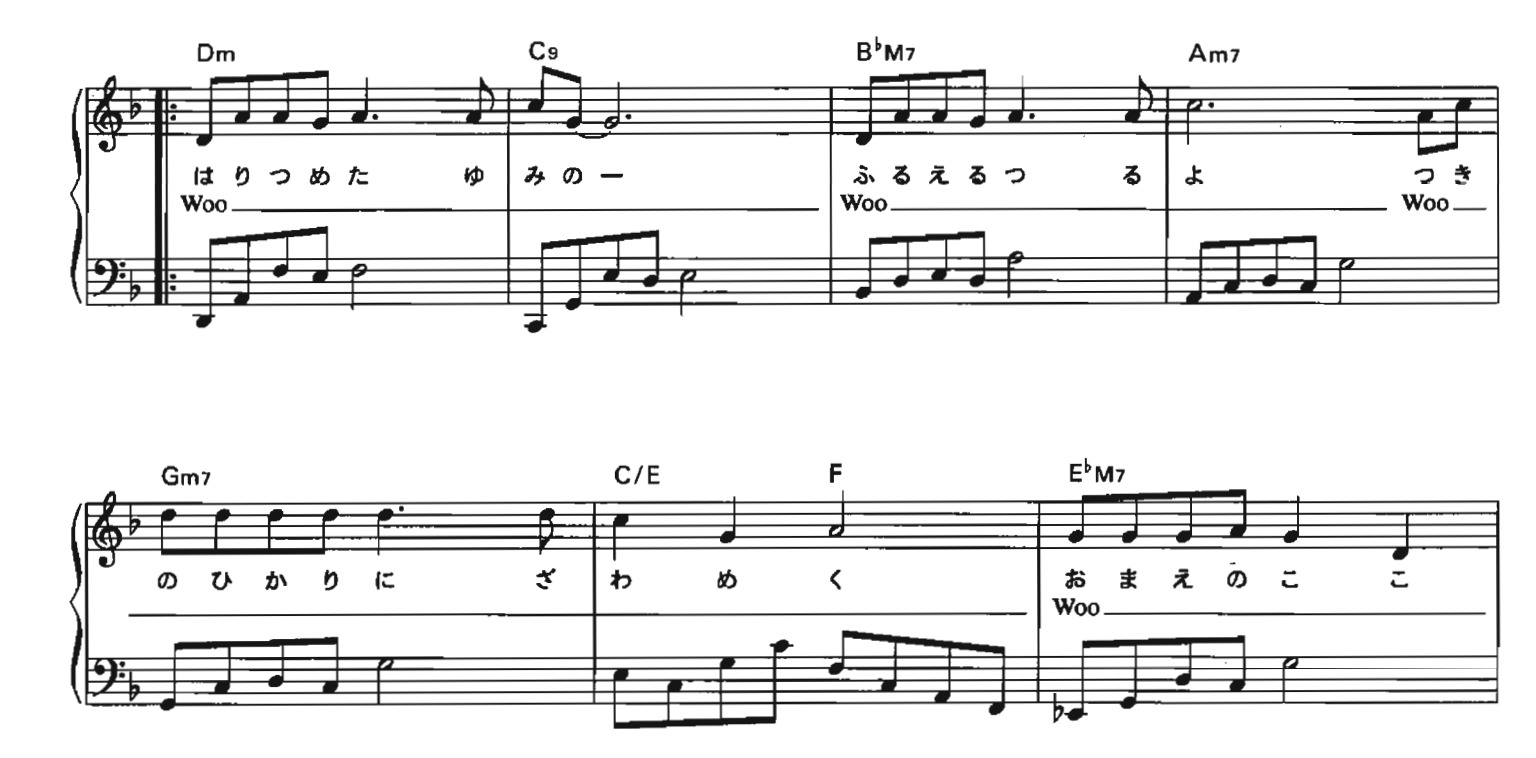

Music Theory
What Is A Parallel Minor In Music Theory
Published: January 31, 2024
Learn about parallel minor in music theory and understand its significance in creating emotional and harmonic variations. Discover how it adds depth and complexity to compositions.
(Many of the links in this article redirect to a specific reviewed product. Your purchase of these products through affiliate links helps to generate commission for AudioLover.com, at no extra cost. Learn more)
Table of Contents
Introduction
Music theory is a fascinating field that explores the intricacies of how music is created, analyzed, and understood. One important concept in music theory is the notion of parallel minor, which adds depth and richness to compositions. Understanding parallel minor can enhance your appreciation for music and even inspire your own musical creations.
When we talk about parallel minor in music theory, we are referring to the minor key that has the same tonic, or starting note, as a major key. In simpler terms, the parallel minor of a major key is the minor key that shares the same key signature. For example, the parallel minor of C major is C minor.
Parallel minor provides a contrasting mood and emotional quality compared to its major counterpart. While major keys are often associated with brightness, happiness, and optimism, parallel minor keys are known for their melancholy, intensity, and sometimes even darkness. This difference in emotional expression allows composers to effectively convey different moods and emotions in their music.
In the following sections, we will delve deeper into the characteristics of parallel minor, the key signatures commonly associated with parallel minor keys, the scales used in parallel minor compositions, the chord progressions that make up parallel minor music, and some notable examples of parallel minor in well-known musical works.
So, let’s embark on this musical journey and explore the world of parallel minor in music theory.
Definition of Parallel Minor
In music theory, the concept of parallel minor refers to the minor key that is related to a major key through a common tonic, or starting note. In simpler terms, it is the minor key that shares the same key signature as a major key. For example, the parallel minor of C major is C minor.
When we refer to the parallel minor of a major key, we are essentially changing the mood and tonality of the composition. Major keys generally evoke a sense of brightness, happiness, and optimism, while parallel minor keys tend to convey a different emotional quality, often characterized by melancholy, intensity, and even darkness.
It is important to note that the term “parallel” implies a relationship between two keys, while the terms “relative” and “tonic” refer to major and minor keys that share the same key signature. For example, the relative minor of C major is A minor, as they share the same key signature of no sharps or flats.
Parallel minor provides composers with a powerful tool to express a different range of emotions and moods in their compositions. By switching from a major key to its parallel minor, composers can add depth and contrast to their music.
Parallel minor also plays a significant role in harmonic and melodic analysis. It helps in understanding chord progressions, melodic patterns, and the overall structure of a piece of music. By identifying the parallel minor key, musicians can gain insights into the tonal center, modulations, and variations within a musical composition.
Overall, the concept of parallel minor in music theory is a fundamental aspect of musical composition that allows for exploration and creativity. It offers musicians a contrasting tonality and emotional palette that enriches their artistic expression and expands the possibilities of musical compositions.
Relationship to Major Key
The relationship between a parallel minor key and its corresponding major key is an essential aspect of music theory. Understanding this relationship allows musicians to explore different moods and emotions within a composition.
The parallel minor key is closely related to its corresponding major key because they share the same tonic, or starting note. This means that both the major and parallel minor keys have the same key signature, consisting of the same sharps or flats. For example, the key signature of C major (with no sharps or flats) is also used for its parallel minor, C minor.
Despite sharing the same key signature, major and parallel minor keys have distinct tonal characteristics. Major keys generally convey a sense of brightness, cheerfulness, and optimism. In contrast, parallel minor keys often evoke more somber, melancholic, and even dramatic emotions.
One way to understand this relationship is by considering major and parallel minor as different musical “modes” of the same key. Just as scales and modes can be rearranged to create different tonal qualities, major and parallel minor share a common foundation but express contrasting emotions.
Within a musical composition, transitioning from the major key to its parallel minor can create a sudden shift in mood. This technique, known as modulation, can be used to evoke a sense of tension, drama, or introspection. Composers often utilize this modulation to convey a wide range of emotions and add depth to their musical narratives.
Furthermore, major and parallel minor keys can be used together in a harmonic context. Composers often employ harmonic progressions that alternate between major and parallel minor chords, creating a sense of tension and release. This interplay between major and parallel minor adds richness and complexity to the musical arrangement.
Overall, the relationship between a major key and its parallel minor in music theory is a dynamic and versatile connection. It allows musicians to explore contrasting emotions, create tension and release, and infuse their compositions with depth and complexity.
Characteristics of Parallel Minor
Parallel minor keys have distinctive characteristics that set them apart from their major counterparts. These characteristics contribute to the emotional expression and tonal quality of parallel minor compositions.
1. Melancholy and Intensity: One of the primary characteristics of parallel minor is its ability to evoke a sense of melancholy and intensity. The minor key often elicits feelings of sadness, introspection, and even darkness. Composers use parallel minor to convey deep emotions and create a somber atmosphere in their music.
2. Complex Emotional Range: Parallel minor keys offer a broader emotional range compared to major keys. While major keys are often associated with positive and uplifting emotions, parallel minor keys allow for a more complex and nuanced expression of feelings. They can convey a wide range of emotions, including longing, yearning, passion, and even anger.
3. Altered Scale Degrees: In parallel minor, certain scale degrees are altered to create the characteristic minor sound. The third scale degree is often lowered, creating a minor third interval between the tonic and the mediant. This alteration contributes to the distinctiveness of parallel minor and enhances its emotional impact.
4. Harmonic Minor Scale: The harmonic minor scale is frequently used in parallel minor compositions. This scale features a raised seventh scale degree, leading to a unique and slightly exotic sound. The raised seventh degree allows for more tension and drama in chord progressions, adding to the emotional intensity of parallel minor music.
5. Use of Diminished and Minor Chords: Parallel minor compositions make extensive use of diminished and minor chords. These chords contribute to the minor tonality and create a sense of yearning and instability. The melancholic quality of these chords further enhances the emotional impact of parallel minor music.
6. Contrast with Major Key: Another important characteristic of parallel minor is the contrast it provides to its major counterpart. The shift from a major key to its parallel minor can create a dramatic and captivating effect. This contrast allows composers to explore a wide range of emotions and employ unique tonal palettes in their compositions.
By understanding and utilizing these characteristics, composers and musicians can effectively convey the depth and emotional complexity of parallel minor in their musical compositions.
Key Signatures of Parallel Minor
When discussing parallel minor in music theory, it is important to understand the key signatures associated with parallel minor keys. Key signatures provide valuable information about the sharps or flats present in a particular key. In the case of parallel minor, the key signature remains the same as its corresponding major key.
Parallel minor keys share the same key signature as their major counterparts because they are derived from the same tonic, or starting note. This means that if a major key has sharps or flats in its key signature, the parallel minor key will also have the same sharps or flats in its key signature.
For example, let’s consider the key of A major, which has three sharps in its key signature: F♯, C♯, and G♯. The parallel minor key, which is A minor, will also have the same three sharps in its key signature.
Similarly, if a major key has flats in its key signature, the parallel minor key will have the same flats. For instance, the key of E♭ major has three flats in its key signature: B♭, E♭, and A♭. Therefore, the parallel minor key, which is E♭ minor, will also have the same three flats in its key signature.
It is essential to note that the key signature remains consistent across all scales within a parallel minor key. Whether playing the natural minor scale, harmonic minor scale, or melodic minor scale in parallel minor, the key signature will remain unchanged.
By maintaining the same key signature, parallel minor keys allow for easier modulations and transitions between major and minor tonalities within a musical composition. Musicians can seamlessly shift between major and parallel minor to create contrasting moods and evoke different emotions in their music.
Understanding the key signatures of parallel minor keys is beneficial for composers, performers, and music enthusiasts alike. It provides valuable information about the tonality, tonal center, and harmonic possibilities within a piece of music.
Overall, parallel minor key signatures provide a convenient and consistent framework for exploring the emotional, harmonic, and melodic potential of minor tonalities in music.
Parallel Minor Scales
Parallel minor scales are an important aspect of music theory, representing the tonal foundation for compositions in parallel minor keys. These scales define the specific pattern of whole and half steps used to create melodies and harmonies in parallel minor.
One of the most commonly used scales in parallel minor is the natural minor scale, also known as the Aeolian mode. The interval pattern for the natural minor scale is whole step, half step, whole step, whole step, half step, whole step, whole step. For example, in the key of A minor, the natural minor scale would consist of the notes A, B, C, D, E, F, G.
Another important parallel minor scale is the harmonic minor scale. This scale is derived from the natural minor scale but features a raised seventh scale degree. The interval pattern for the harmonic minor scale is whole step, half step, whole step, whole step, half step, augmented second, half step. For instance, in the key of A minor, the harmonic minor scale would consist of the notes A, B, C, D, E, F, G♯.
The raised seventh scale degree in the harmonic minor scale creates a leading tone, which adds tension and drives the music towards the tonic note. This leading tone allows for stronger and more resolved cadences within parallel minor compositions.
In addition to the harmonic minor scale, musicians also utilize the melodic minor scale in parallel minor. The melodic minor scale differs from the harmonic minor scale in how it is played ascending and descending. Ascending, the melodic minor scale raises both the sixth and seventh scale degrees, creating a whole new interval pattern. Descending, it reverts back to the natural minor scale. This distinction accounts for the melodic nuances and variations often found in parallel minor compositions.
Parallel minor scales provide a melodic and harmonic framework for composing and performing in minor tonalities. They offer musicians a range of tonal expressions, allowing for the exploration of different emotional qualities, variations, and tonal palettes within parallel minor music.
By understanding and utilizing the various parallel minor scales, composers and musicians can shape melodies, create harmonies, and evoke specific emotions within their musical compositions.
Chord Progressions in Parallel Minor
Chord progressions play a crucial role in music, providing the structural framework and harmonic movement within a composition. In parallel minor, specific chord progressions are commonly used to create the characteristic tonality and emotional expression of the minor key.
One of the most frequently utilized chord progressions in parallel minor is the i-iv-V progression. This progression refers to the chords built on the first (tonic), fourth (subdominant), and fifth (dominant) scale degrees of the parallel minor scale. For example, in the key of A minor, the i-iv-V progression would consist of the chords Am, Dm, and E. This chord progression is often referred to as the “minor tonic” progression and carries a melancholic yet resolved quality.
Another common chord progression in parallel minor is the ii-V-i progression. This progression incorporates the chords built on the second (supertonic), fifth (dominant), and first (tonic) scale degrees of the parallel minor scale. In A minor, the ii-V-i progression would consist of the chords Bdim, E7, and Am. This progression creates a sense of tension and resolution, leading the listener back to the tonic chord.
Other chord progressions found in parallel minor include the vi-ii-V-I progression, commonly used in jazz and popular music genres, and the common practice chord progression IV-V-i, which provides a satisfying resolution to the tonic chord.
Parallel minor chord progressions often feature minor and diminished chords, lending a poignant and bittersweet quality to the tonality. The use of these chords, along with the melody and rhythm, serves to underscore the emotional depth and intensity within parallel minor compositions.
It is important to note that these chord progressions are not set in stone, and composers have the freedom to experiment and deviate from these commonly used progressions. The chosen progressions may vary depending on the desired mood, genre, or artistic intent of the composition.
By understanding and employing chord progressions in parallel minor, composers and musicians can create harmonic structures that enhance the emotional impact of their music. These progressions contribute to the distinct tonality and expressive power of parallel minor compositions.
Emotional Quality of Parallel Minor
The emotional quality of parallel minor is distinct and evocative, offering a range of emotions that differ from its major counterpart. Parallel minor has a unique ability to convey deep feelings, introspection, and intensity in music.
One of the primary emotional qualities associated with parallel minor is melancholy. The minor tonality of parallel minor keys often evokes a sense of sadness, longing, and introspection. This emotional depth allows composers to explore the complexities and nuances of the human experience, tapping into deeper emotions that may not be as readily expressed in major keys.
In parallel minor, there is often a sense of darkness and intensity that can be perceived in the music. The minor chords, often combined with dissonant harmonies and tense melodic lines, create a dramatic and poignant atmosphere. This emotional intensity can imbue a composition with a sense of passion, turmoil, or even underlying angst.
Parallel minor also has the ability to express vulnerability and fragility. The softer, more introspective nature of minor keys opens up avenues for introspection, vulnerability, and the exploration of deeply personal emotions. Parallel minor compositions can capture feelings of longing, yearning, or a sense of being on the edge of something unknown.
However, it is worth noting that parallel minor is not limited to expressing negative emotions. While minor keys are often associated with sadness, they can also convey a wide range of emotions, including tenderness, mystery, and even moments of triumph or resilience. The emotional palette of parallel minor is rich and varied, allowing for a wide range of expressions and interpretations.
The emotional quality of parallel minor adds depth and complexity to musical compositions. Its distinct tonality creates a contrasting mood to major keys and provides an avenue for composers to explore a range of emotions. Through the use of minor harmonies, melodic motifs, and expressive techniques, parallel minor captivates listeners and evokes deep emotional responses.
Whether it is the haunting beauty of a plaintive melody in parallel minor or the power and intensity of a minor chord progression, the emotional quality of parallel minor is an essential element in creating impactful and evocative music.
Examples of Parallel Minor in Music
Parallel minor is a concept that has been utilized in various genres of music, from classical compositions to popular songs. Its distinct tonality and emotional qualities have made it a powerful tool for composers and songwriters to convey a range of emotions and create compelling musical experiences. Here are a few notable examples of parallel minor in music:
1. Beethoven’s Symphony No. 5 in C Minor: One of the most iconic examples of parallel minor in classical music, Beethoven’s Symphony No. 5 is written in the key of C minor. The opening four-note motif, known as the “Fate motif,” is instantly recognizable and sets the dramatic and intense tone of the entire symphony.
2. Edvard Grieg’s “In the Hall of the Mountain King”: This piece from Grieg’s “Peer Gynt” suite is in E minor, showcasing the power of parallel minor in creating a sense of darkness and tension. The relentless minor melody, played by the orchestra, builds a feeling of suspense and creates an atmosphere of ominous grandeur.
3. Adele’s “Someone Like You”: This popular ballad by Adele is written in the key of A major but transitions to its parallel minor, A minor, in the chorus. The shift to the minor tonality enhances the heartfelt lyrics and adds a layer of emotion, perfectly capturing the longing and vulnerability conveyed in the song.
4. Johann Pachelbel’s Canon in D: Although the original key is D major, contemporary arrangements of Pachelbel’s Canon often feature sections in D minor. The inclusion of the parallel minor key adds depth and emotional contrast to this beloved and timeless composition.
5. Metallica’s “Enter Sandman”: This iconic heavy metal song by Metallica is notable for its use of parallel minor. The verses are in E minor, creating a dark and intense atmosphere that perfectly complements the aggressive guitar riffs and powerful vocals.
These examples illustrate the versatility and impact of parallel minor in music. Whether used in classical, pop, or rock genres, parallel minor adds emotional depth, tension, and a unique tonal quality to compositions. It allows musicians to explore a range of emotions and create unforgettable musical moments.
By incorporating parallel minor, composers and songwriters have the opportunity to tap into the rich emotional palette of minor tonalities and create music that resonates deeply with listeners.
Conclusion
Parallel minor is a fascinating concept in music theory that adds depth and emotional richness to compositions. Understanding parallel minor allows musicians to explore contrasting tonalities, evoke a range of emotions, and create captivating musical experiences.
We have discussed the definition of parallel minor, its relationship to major keys, and its characteristic emotional qualities. Parallel minor provides a powerful tool for composers to express melancholy, intensity, vulnerability, and a wide range of emotions that may not be as prevalent in major keys.
We have also explored the key signatures associated with parallel minor, the scales used in parallel minor compositions, the chord progressions that define its tonality, and provided examples of parallel minor in different genres of music.
From classical symphonies to popular songs, parallel minor has been employed by composers throughout history to create powerful and evocative music. It adds depth, tension, and emotional complexity to compositions, allowing for a range of musical expressions.
As music enthusiasts and creators, understanding parallel minor opens up new avenues of creativity and interpretation. It provides a deeper appreciation for the intricate harmonies and emotional language present in musical works.
So, the next time you listen to a piece of music, pay attention to the tonality and emotional quality it evokes. Is it in a major key, with a bright and uplifting mood, or does it transition into parallel minor, leading you on a journey of melancholy and intensity?
Parallel minor is a powerful tool in the hands of composers, opening doors to a myriad of emotions and musical possibilities. Its expressive quality enriches our understanding and enjoyment of music, allowing us to fully immerse ourselves in its poignant and captivating allure.
Embrace the beauty of parallel minor, explore its depths, and let its emotional richness inspire your own musical creations.

